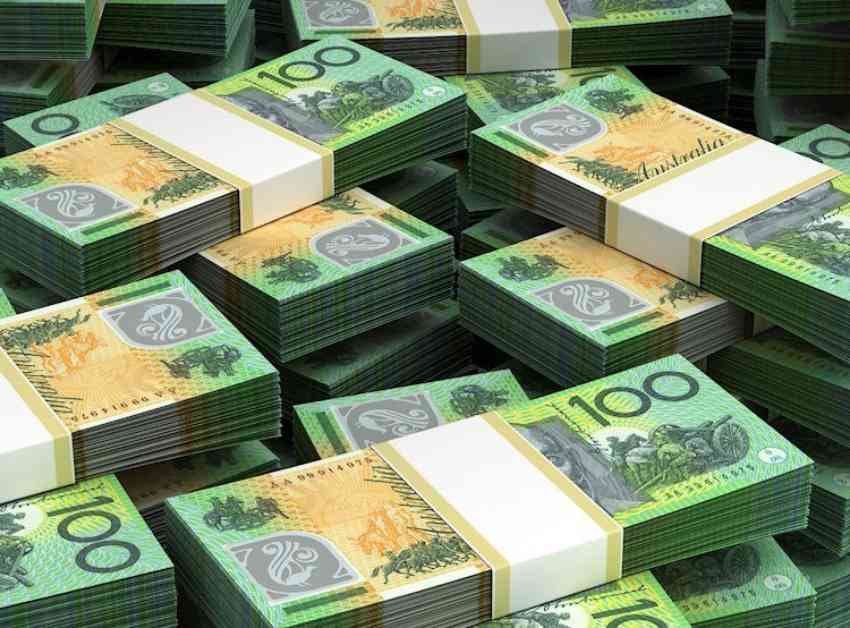The Australian Dollar paused its decline after China’s Manufacturing PMI surpassed expectations. Australia’s own Manufacturing PMI fell for the fifth straight month to 47.2 in June, the fastest decline since May 2020. This negative data caused pressure on the AUD, but the currency was supported by China’s positive PMI results.
Australia’s 10-year government bond yield rose above 4.4% due to high inflation readings, leading to concerns that the Reserve Bank of Australia might raise interest rates in the upcoming August meeting. On the other hand, the US Dollar depreciated as expectations of a Fed rate cut in December increased to nearly 32.0%.
The NBS China Manufacturing PMI remained at 49.5 in June, indicating a contraction for the fourth time. The US reported a decrease in inflation rates, with the PCE Price Index rising by 2.6% year-over-year in May. Despite this, the Reserve Bank of Australia’s Deputy Governor Andrew Hauser emphasized the need to analyze more economic data before making policy decisions.
The Australian Dollar traded around 0.6670 on Monday and showed a neutral bias on the daily chart. The AUD/USD pair may face resistance at 0.6690 and 0.6700, with additional resistance at 0.6714. On the downside, support is seen at the 50-day EMA at 0.6621, with a potential drop to 0.6585 if this level is breached.
The Australian Dollar’s value is influenced by various factors, including interest rates set by the Reserve Bank of Australia, the price of Iron Ore, the health of the Chinese economy, inflation rates in Australia, and the Trade Balance. Positive growth in China, higher Iron Ore prices, and a positive Trade Balance all contribute to a stronger AUD.
In conclusion, the Australian Dollar’s performance is closely tied to economic data from China, Australia’s own economic indicators, and global market sentiment. Investors should pay attention to upcoming RBA policy meetings, inflation reports, and trade data to gauge the future direction of the AUD.













